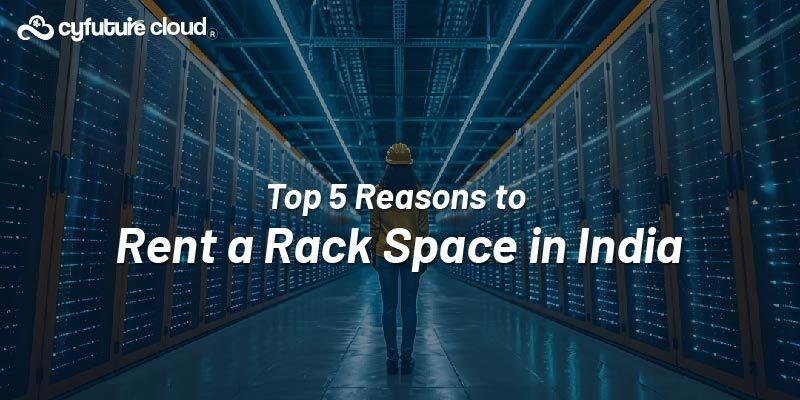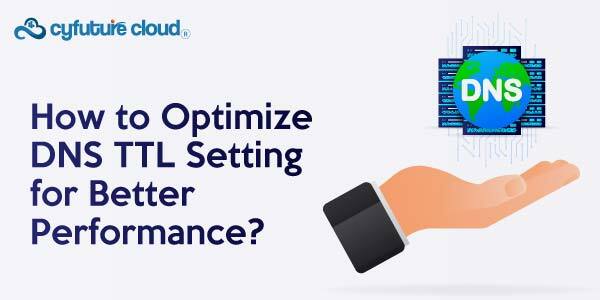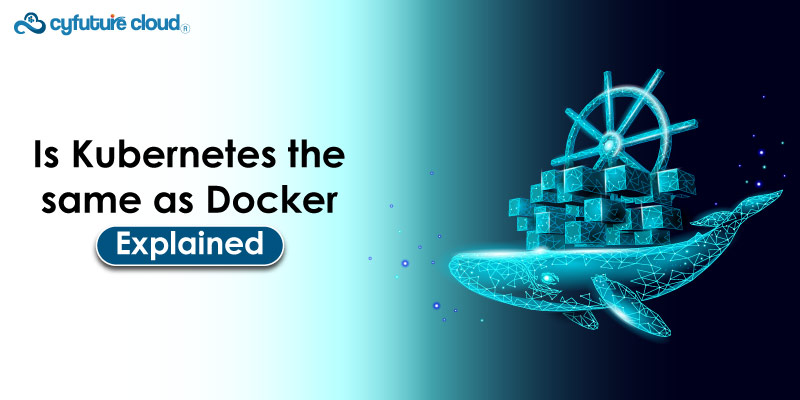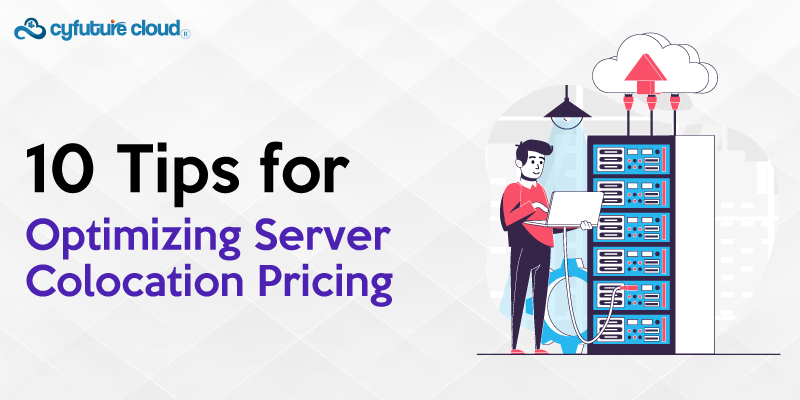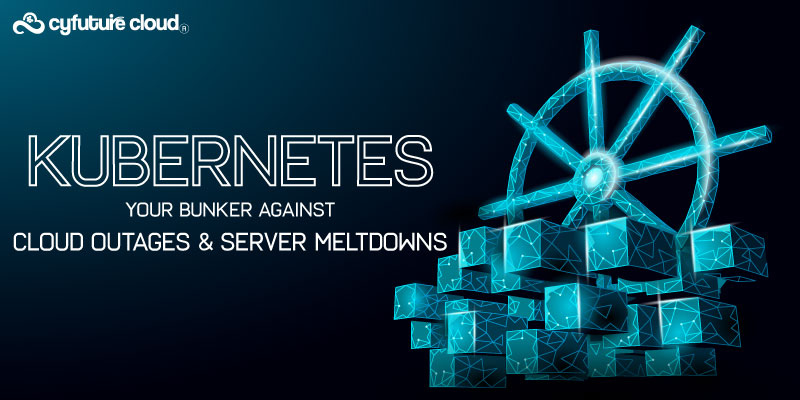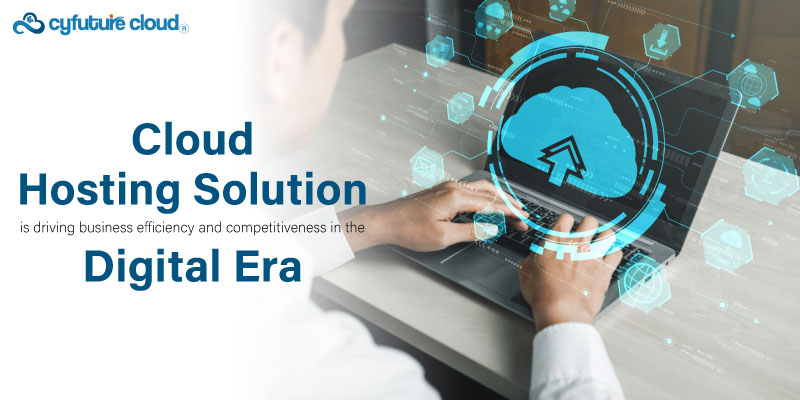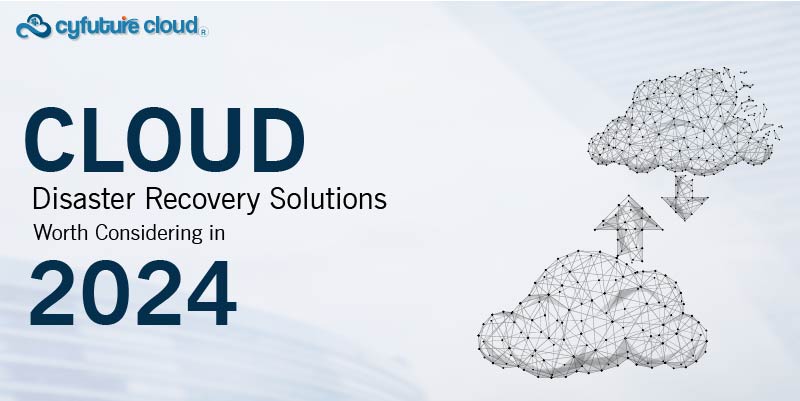Table of Contents
- What is Server Colocation?
- The Rise of Edge Computing
- Benefits of Edge Computing
- Challenges of Edge Computing
- Introduction to Hybrid Cloud
- Advantages of Hybrid Cloud
- Challenges of Hybrid Cloud
- The Convergence of Server Colocation, Edge Computing, and Hybrid Cloud
- How Server Colocation Supports Edge Computing and Hybrid Cloud
- Future Trends in Server Colocation
- Conclusion
The evolution of technology has paved the way for significant changes in the world of data management and storage. One such transformation is the future of server colocation, which now encompasses the integration of edge computing and hybrid cloud solutions. This article explores the convergence of these technologies and their implications for the future.
What is Server Colocation?
The act of storing privately owned servers and networking hardware in a different data centre is known as server colocation. Through this agreement, companies may take use of the data center’s strong infrastructure, which includes network connectivity, electricity, cooling, and security. The traditional goal of server colocation was resource centralization, but with the emergence of edge computing, a new age has begun.
The Rise of Edge Computing
A decentralised method of computing known as edge computing moves data processing and storage closer to the point of data production. Edge computing enables data processing at or close to the edge of the network, where the data is created, as opposed to only depending on centralised cloud infrastructure. Real-time processing, decreased latency, increased bandwidth economy, and greater dependability are the driving forces behind this trend.
Benefits of Edge Computing
By leveraging edge computing, businesses can experience several advantages. Firstly, reduced latency enables faster response times, critical for applications that require real-time data analysis or decision-making. Secondly, bandwidth optimization occurs as data is processed locally, minimizing the need for constant data transmission to a centralized cloud. Lastly, improved reliability is achieved by reducing dependencies on a single point of failure, as the distributed edge infrastructure ensures continuity even during network disruptions.
Challenges of Edge Computing
While edge computing presents promising benefits, it also comes with certain challenges. One significant concern is the management and security of distributed edge devices. Ensuring consistent updates, patching vulnerabilities, and maintaining robust security protocols can be complex.
Additionally, the scalability and interoperability of edge computing systems require careful consideration to accommodate future growth and integration with existing infrastructure.
|
Challenges of Edge Computing |
Solutions |
|
1. Limited Resources: Edge devices often have limited processing power, memory, and storage capacity, posing a challenge for complex computations and data-intensive applications. |
Employing edge gateways or fog computing techniques can offload processing tasks to more powerful devices or cloud resources, ensuring efficient resource utilization. |
|
2. Network Connectivity: Edge devices may operate in remote or intermittent connectivity environments, leading to potential network disruptions and latency issues. |
Implementing local caching, data compression, and optimizing communication protocols can mitigate the impact of network latency and ensure data availability even during intermittent connections. |
|
3. Security Risks: The distributed nature of edge computing introduces security vulnerabilities, including device tampering, data breaches, and unauthorized access. |
Implementing robust security measures, such as encryption, authentication, and access controls, at both the device and network levels can safeguard edge devices and data against potential security threats. |
|
4. Data Management: Managing and analyzing vast amounts of data generated at the edge can be challenging, particularly in real-time applications that require immediate insights. |
Adopting edge analytics techniques, such as edge AI and machine learning algorithms, can enable local data processing and analysis, reducing the need for constant data transmission to centralized systems and ensuring timely decision-making. |
|
5. Scalability and Interoperability: Scaling edge computing deployments and ensuring interoperability between diverse edge devices and systems can be complex, hindering seamless integration and management. |
Implementing standard protocols, open architectures, and leveraging orchestration frameworks can enhance scalability and enable interoperability, simplifying the management and expansion of edge computing deployments. |
|
6. Management and Maintenance: Managing a large number of distributed edge devices, performing updates, and ensuring the overall health and performance of the edge infrastructure can be operationally challenging. |
Utilizing remote device management tools, over-the-air updates, and implementing proactive monitoring and maintenance practices can streamline management processes, improve device health, and minimize downtime. |
Introduction to Hybrid Cloud
Businesses may use the advantages of both public and private clouds by combining them strategically into a hybrid cloud. By enabling workloads to migrate smoothly between private and public cloud environments, it offers flexibility, scalability, and cost effectiveness. With hybrid cloud, businesses can balance workloads, control sensitive data, and optimise their infrastructure to meet particular needs.
Advantages of Hybrid Cloud
The adoption of hybrid cloud offers numerous advantages. In the beginning, it gives companies the freedom to select the best cloud environment for their workloads, maximising performance and affordability. Second, it allows for seamless scaling, enabling businesses to manage unexpected spikes in demand by using public cloud resources while storing sensitive data in a private cloud. Lastly, hybrid cloud solutions enhance disaster recovery capabilities by utilizing geographically diverse infrastructure.
Challenges of Hybrid Cloud
Despite the advantages, creating and maintaining a hybrid cloud system has its share of difficulties. It can be challenging to provide seamless integration between public and private clouds; this requires careful preparation and knowledge.
Additionally, maintaining data consistency and security across different cloud environments demands robust strategies and controls. Organizations must also consider potential vendor lock-in, interoperability issues, and compliance requirements when adopting a hybrid cloud approach.
|
Challenges of Hybrid Cloud |
Solutions |
|
1. Data Integration and Migration: It may be challenging and requires careful planning and execution to integrate and migrate data smoothly across on-premises infrastructure and public cloud platforms. |
Implementing robust data integration tools, leveraging hybrid cloud management platforms, and utilizing migration services can simplify the process and ensure smooth data transfer and synchronization. |
|
2. Security and Compliance: Data privacy, regulatory compliance, and risk management are just a few of the issues that can make it difficult to balance security and compliance needs across private and public cloud systems. |
Implementing strong encryption, access controls, and security measures across all cloud environments, leveraging security frameworks and compliance tools, and conducting regular audits can help address security and compliance concerns. |
|
3. Vendor Lock-In: Adopting a hybrid cloud model may introduce concerns about vendor lock-in, making it difficult to switch providers or integrate additional services from different vendors. |
Adopting open standards, leveraging cloud-native technologies, and ensuring interoperability between different cloud providers can mitigate vendor lock-in risks and enable flexibility in selecting and integrating services. |
|
4. Complexity of Management: Managing hybrid cloud environments, including monitoring, orchestration, and workload placement, can be challenging due to the complexity introduced by multiple cloud platforms. |
Utilizing hybrid cloud management tools, adopting automation and orchestration frameworks, and implementing centralized management platforms can simplify the management and governance of hybrid cloud environments. |
|
5. Cost Optimization: Optimizing costs and achieving cost transparency across different cloud environments can be complex, especially with fluctuating workloads and varying pricing models. |
Implementing cost management tools, utilizing workload optimization strategies, leveraging reserved instances or spot instances, and regularly analyzing cost allocation and usage patterns can help optimize costs and achieve costransparency in a hybrid cloud setup. |
|
6. Data Consistency and Latency: Particularly for real-time applications or data-intensive workloads, ensuring data integrity and controlling latency between on-premises infrastructure and public cloud environments can be difficult. |
Implementing data replication and synchronization mechanisms, utilizing edge computing for low-latency processing, and leveraging caching or content delivery networks (CDNs) can help address data consistency and latency challenges in hybrid cloud setups. |
The Convergence of Server Colocation, Edge Computing, and Hybrid Cloud
The future of data management and storage is being impacted by the combination of server colocation, edge computing, and hybrid clouds. These technologies are being swiftly adopted by businesses to modernise their IT infrastructure and meet the growing need for real-time data processing, low latency, scalability, and security. Organisations may attain the best of all worlds by combining server colocation, edge computing, and hybrid cloud, which plays to each technology’s strengths.
How Server Colocation Supports Edge Computing and Hybrid Cloud
Server colocation acts as a critical enabler for the successful implementation of edge computing and hybrid cloud solutions. By colocating servers in data centers equipped with edge infrastructure, businesses can leverage low-latency connections to process and store data closer to the edge. Additionally, server colocation facilities provide the necessary power, cooling, and security to support the distributed edge devices. Moreover, the integration of hybrid cloud with server colocation allows organizations to seamlessly scale workloads and leverage the benefits of public and private clouds.
Future Trends in Server Colocation
The future of server colocation holds exciting possibilities. As edge computing continues to evolve, data centers will transform to support the growing demand for distributed processing and storage. We can expect to see more edge data centers strategically located to reduce latency and enhance performance.
The use of edge computing and server colocation will also be further accelerated by network connection developments like 5G. The fusion of technologies will promote data management innovation, efficacy, and agility.
As a key element of data management and storage, server colocation is always changing to meet the shifting needs and demands of enterprises. Looking ahead, a number of significant themes are anticipated to influence server colocation going forward:
Edge Data Centers: The demand for low-latency processing and the popularity of edge computing should lead to an increase in the number of edge data centres. For applications that require real-time responsiveness, data processing will be sped up and latency will be decreased due to these data centres’ strategic placement closer to the edge.
Edge Infrastructure: Data centres will need to invest in edge infrastructure, such as edge servers, gateways, and networking hardware, as edge computing develops traction. This infrastructure will support the distributed nature of edge computing and facilitate efficient data processing and storage at the edge.
Network Connectivity: Server colocation will be significantly impacted by the advancement of network connection, especially the rollout of 5G technology. The seamless connection between edge devices and data centres will be made possible by the high-speed and low-latency capabilities of 5G networks, substantially boosting the effectiveness and performance of server colocation.
Green Initiatives: Environmental sustainability is a growing concern for businesses across industries. In response, server colocation providers will increasingly focus on implementing green initiatives. This includes adopting energy-efficient practices, optimizing cooling systems, and leveraging renewable energy sources to minimize the carbon footprint of data centers.
Hybrid Infrastructure: As organizations continue to embrace hybrid cloud solutions, server colocation will play a vital role in supporting hybrid infrastructure. Data centers will offer seamless integration with public cloud providers, enabling businesses to seamlessly move workloads between colocation facilities and public cloud environments based on their specific requirements.
Security and Compliance: In the future of server colocation, strict compliance standards and security measures will be given more priority. To secure sensitive data and guarantee regulatory compliance, data centres will invest in cutting-edge security technology including encryption, intrusion detection systems, and strict access restrictions.
Artificial Intelligence (AI) Integration: Data centres are not an exception to how AI technologies are affecting numerous sectors. Future server colocation facilities will use AI and machine learning algorithms to improve operational efficiency, optimise resource allocation, and anticipate probable problems or breakdowns.
Data Analytics and Insights: Server colocation companies will offer improved data analytics capabilities, giving organisations useful knowledge about the efficiency of their infrastructure and resource use. Organisations will be able to make informed decisions thanks to this data-driven strategy, which will also encourage ongoing development of their data management tactics.
Conclusion
The future of server colocation lies in the convergence of edge computing and hybrid cloud. This powerful combination allows businesses to optimize their data management strategies, providing real-time processing, reduced latency, enhanced scalability, and improved security. By embracing these technologies, organizations can stay ahead in the digital age and unlock the full potential of their data assets.
Send this to a friend

 Server Colocation
Server Colocation CDN Network
CDN Network Linux Cloud Hosting
Linux Cloud Hosting Kubernetes
Kubernetes Pricing Calculator
Pricing Calculator
 Power
Power
 Utilities
Utilities VMware Private Cloud
VMware Private Cloud VMware on AWS
VMware on AWS VMware on Azure
VMware on Azure Service Level Agreement
Service Level Agreement 

